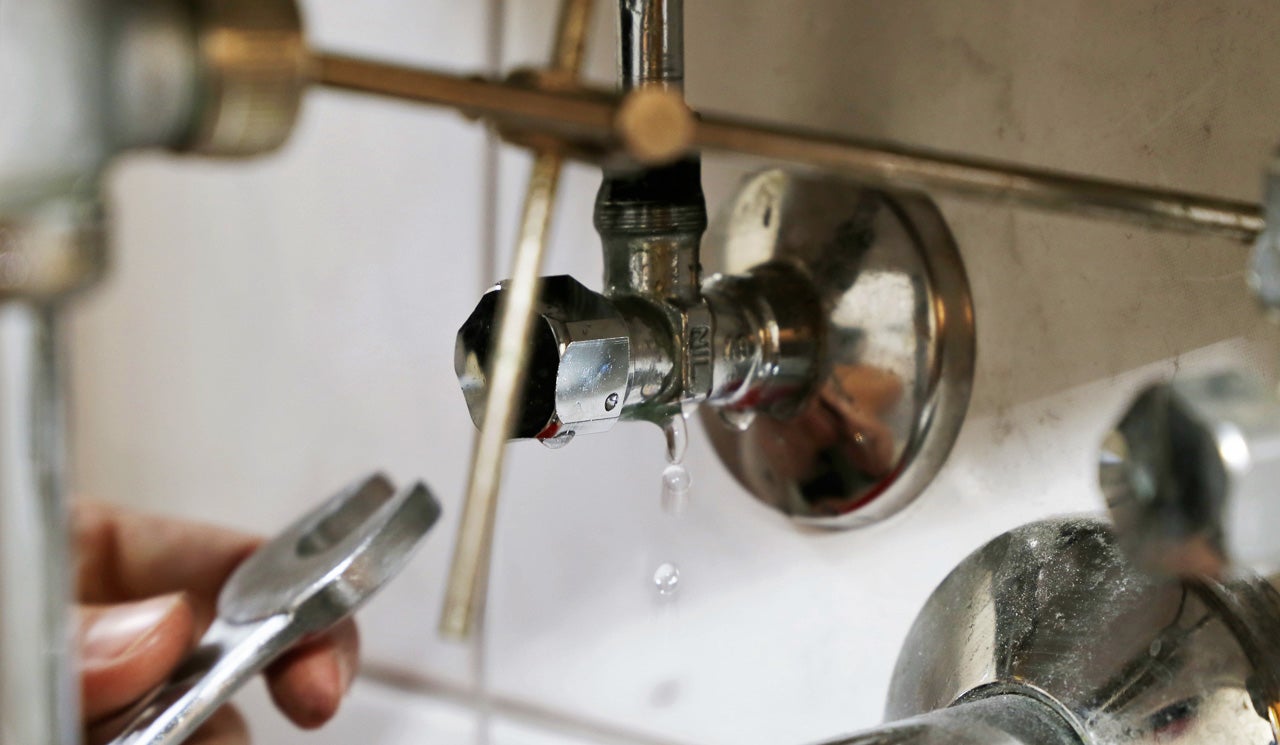We've stumbled upon the article on Locating water leaks below on the internet and felt it made good sense to write about it with you in this article.

Early detection of leaking water lines can minimize a possible calamity. In addition to conserving you cash, it will reduce the worry and irritation. The minute you discover a leakage, calling your plumber for repairs is the best remedy. Some tiny water leaks may not be visible. If you can not detect it with your naked eyes, here are some hacks that aid.
1. Check Out the Water Meter
Every home has a water meter. Checking it is a guaranteed manner in which aids you find leakages. For starters, shut off all the water resources. Guarantee nobody will certainly purge, utilize the tap, shower, run the washing device or dish washer. From there, most likely to the meter and watch if it will alter. Because nobody is utilizing it, there need to be no movements. That shows a fast-moving leakage if it relocates. Also, if you identify no changes, wait a hr or 2 as well as examine back again. This implies you might have a slow leakage that could also be below ground.
2. Inspect Water Intake
Evaluate your water costs as well as track your water usage. As the one paying it, you should observe if there are any disparities. If you spot sudden changes, in spite of your consumption coinciding, it suggests that you have leaks in your plumbing system. Bear in mind, your water expense ought to drop under the same variety every month. A sudden spike in your bill suggests a fast-moving leakage.
A steady rise every month, also with the same behaviors, shows you have a slow-moving leakage that's likewise gradually escalating. Call a plumber to completely examine your property, especially if you really feel a cozy location on your flooring with piping beneath.
3. Do a Food Coloring Examination
30% comes from commodes when it comes to water intake. Examination to see if they are running appropriately. Decrease specks of food color in the container and also wait 10 minutes. If the color in some way infiltrates your dish throughout that time without flushing, there's a leak between the container and also dish.
4. Asses Exterior Lines
Do not fail to remember to inspect your outdoor water lines also. Examination spigots by connecting a garden hose. Must water leak out of the connection, you have a loosened rubber gasket. Replace this and make sure all links are limited. If you've got a sprinkler system, it will certainly help get it skillfully analyzed and also maintained every year. One tiny leak can lose lots of water as well as increase your water costs.
5. Examine and Assess the Circumstance
Homeowners need to make it a routine to check under the sink counters and also even inside closets for any bad odor or mold and mildew growth. These 2 warnings suggest a leakage so prompt interest is called for. Doing regular examinations, even bi-annually, can conserve you from a significant problem.
Examine for stainings as well as weakening as a lot of home appliances and also pipelines have a life expectancy. If you suspect dripping water lines in your plumbing system, don't wait for it to escalate.
Early discovery of dripping water lines can mitigate a prospective calamity. Some little water leaks might not be visible. Checking it is a guaranteed method that assists you uncover leakages. One small leakage can squander heaps of water and also increase your water costs.
If you presume leaking water lines in your plumbing system, do not wait for it to escalate.
WARNING SIGNS OF WATER LEAKAGE BEHIND THE WALL
PERSISTENT MUSTY ODORS
As water slowly drips from a leaky pipe inside the wall, flooring and sheetrock stay damp and develop an odor similar to wet cardboard. It generates a musty smell that can help you find hidden leaks.
MOLD IN UNUSUAL AREAS
Mold usually grows in wet areas like kitchens, baths and laundry rooms. If you spot the stuff on walls or baseboards in other rooms of the house, it’s a good indicator of undetected water leaks.
STAINS THAT GROW
When mold thrives around a leaky pipe, it sometimes takes hold on the inside surface of the affected wall. A growing stain on otherwise clean sheetrock is often your sign of a hidden plumbing problem.
PEELING OR BUBBLING WALLPAPER / PAINT
This clue is easy to miss in rooms that don’t get much use. When you see wallpaper separating along seams or paint bubbling or flaking off the wall, blame sheetrock that stays wet because of an undetected leak.
BUCKLED CEILINGS AND STAINED FLOORS
If ceilings or floors in bathrooms, kitchens or laundry areas develop structural problems, don’t rule out constant damp inside the walls. Wet sheetrock can affect adjacent framing, flooring and ceilings.
https://www.servicemasterbyzaba.com/blog/how-to-detect-water-leakage-in-walls/

I am just very excited about Hacks to detect leaks and I am praying you enjoyed the entire blog post. Loved our posting? Please share it. Let someone else find it. I praise you for your time. Visit us again soon.
Immediate relief? Contact.